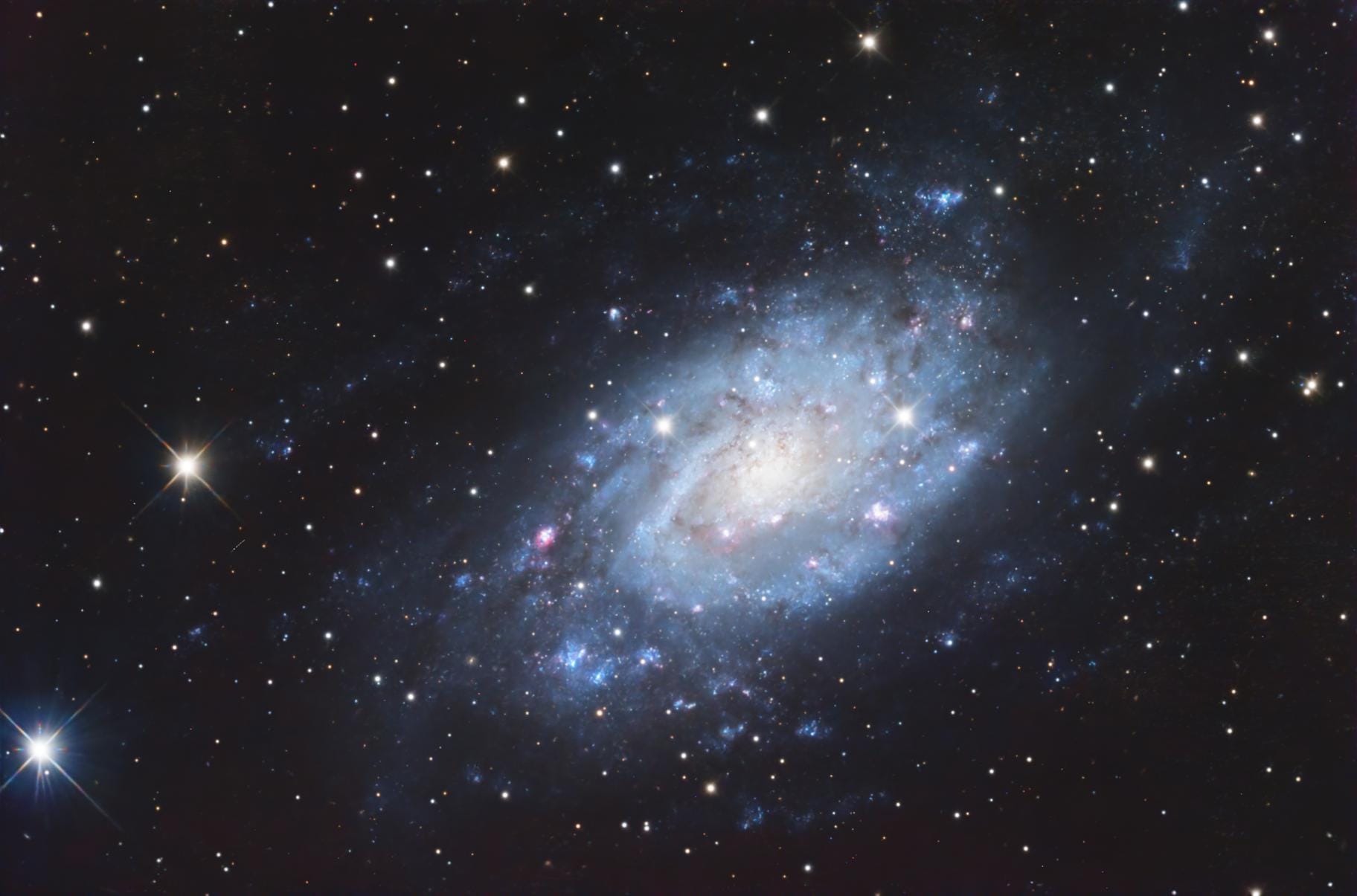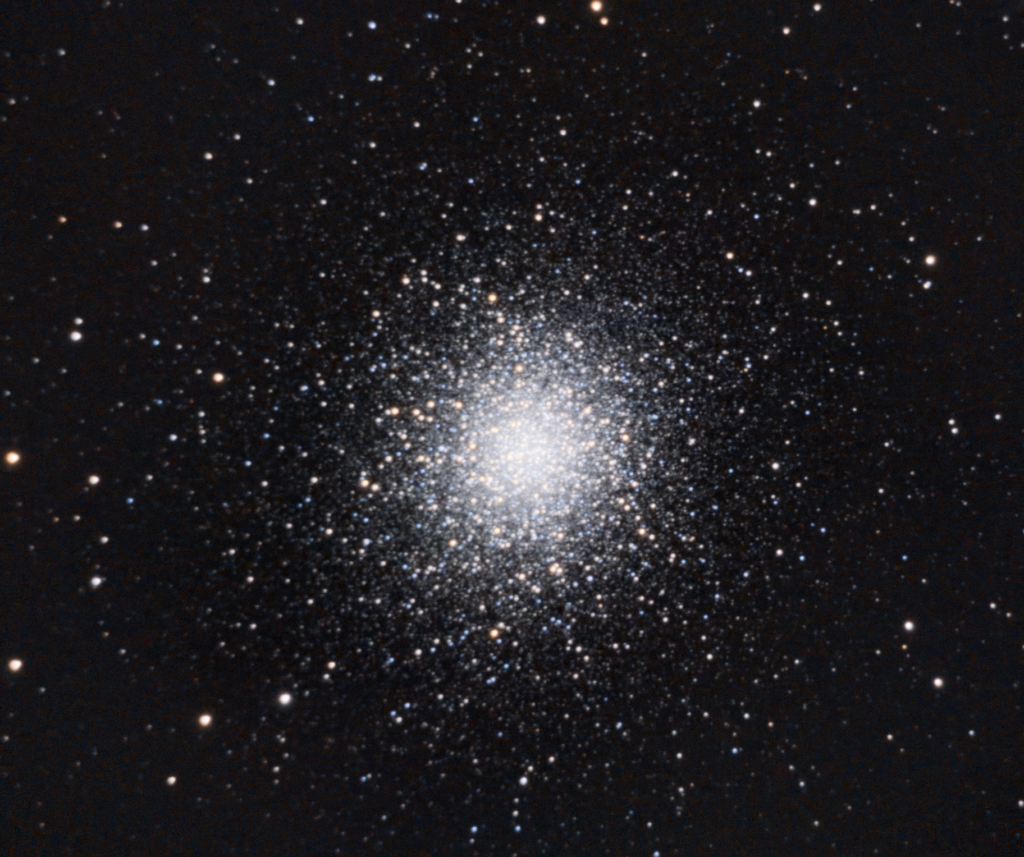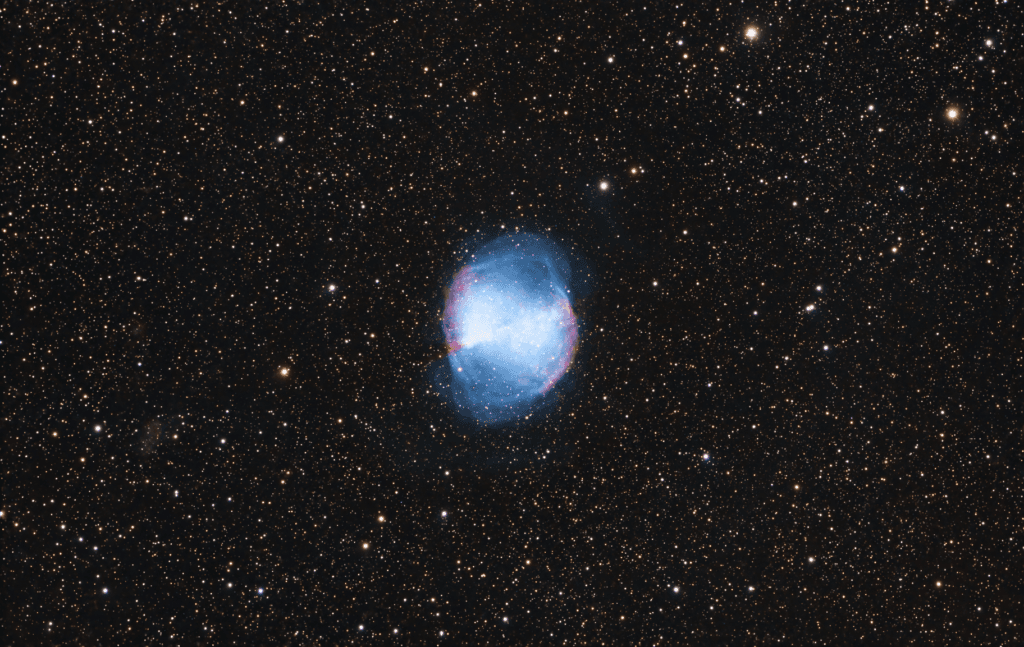
Alright, fellow cosmic explorers, let’s talk about a real gem in the night sky: NGC 2403!
Imagine a beautiful spiral galaxy, much like our own Milky Way, but facing us almost perfectly, giving us a fantastic full view of its intricate arms. That’s NGC 2403, and it’s truly a sight to behold!
Nestled in the constellation Camelopardalis (the Giraffe), this intermediate spiral galaxy is an outlying member of the famous M81 Group, making it a relatively close neighbor at about 8-11 million light-years away. For us astrophotographers, “close” means we can resolve some incredible detail, which is super exciting!
What makes NGC 2403 particularly captivating are its numerous, bright H II regions. These are vast clouds of ionized hydrogen, essentially stellar nurseries where brand new, massive stars are being born, blazing away and illuminating their surroundings with a gorgeous reddish glow. One of the most prominent of these regions is actually given its own NGC designation, NGC 2404, and it’s truly enormous – comparable in size to the famous Tarantula Nebula in the Large Magellanic Cloud!
NGC 2403 has also been a hotspot for cosmic explosions, hosting several supernovae over the years, including the notably bright SN 2004dj. This makes it a dynamic and ever-changing target for observation.
Discovered by William Herschel way back in 1788, NGC 2403 was also the first galaxy beyond our Local Group where Cepheid variable stars were identified. These special stars are crucial for measuring cosmic distances, so it’s a galaxy that’s played a big role in our understanding of the universe’s scale.
With its beautiful spiral structure and abundant star-forming regions, NGC 2403 is a fantastic target for any astrophotographer looking for a detailed and vibrant galactic portrait. My new setup is absolutely itching to capture its beauty, and I can’t wait to share those images with you all!


